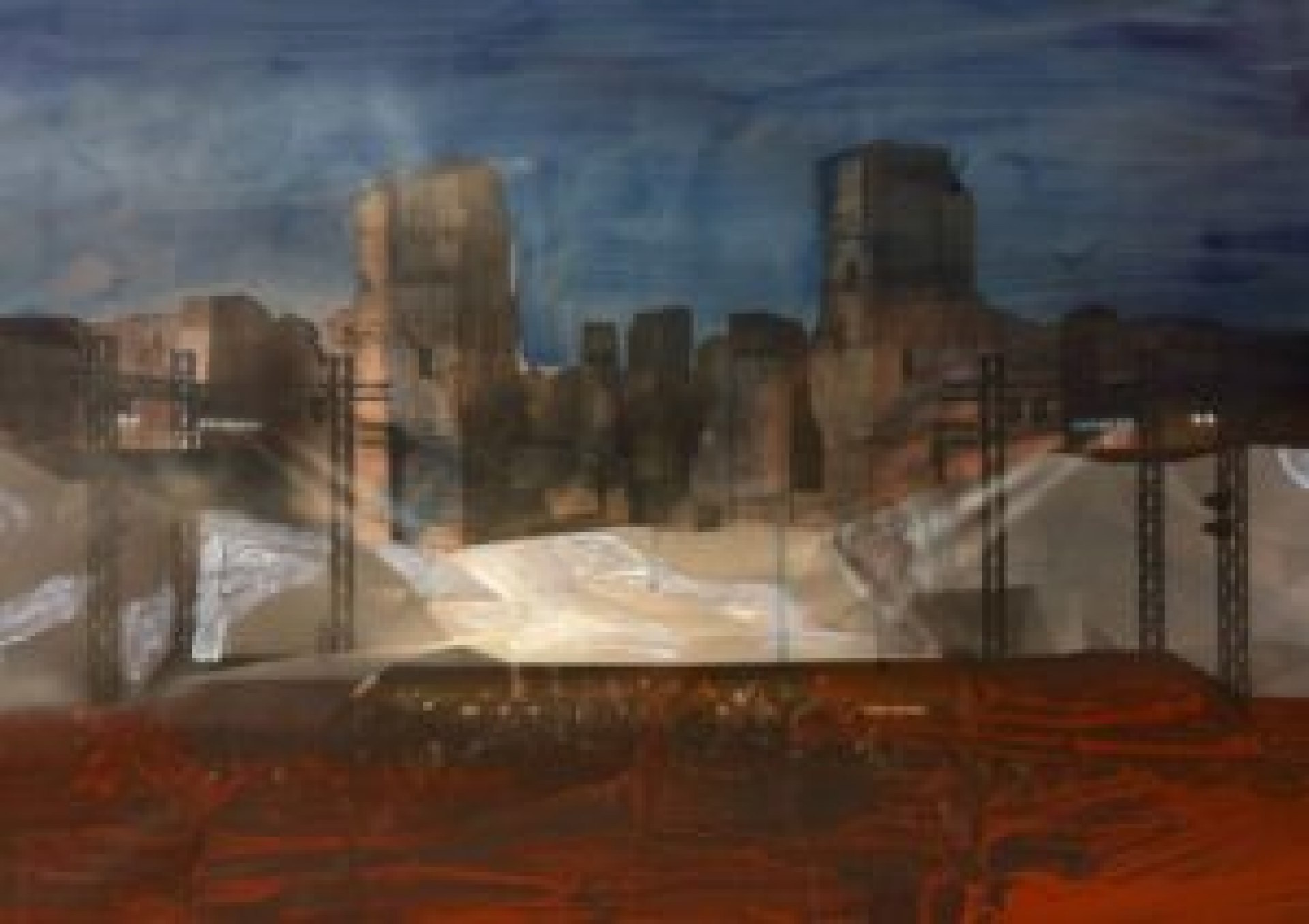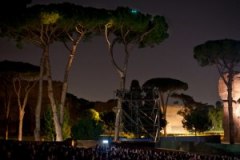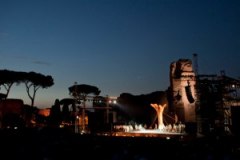Roman Nights of Dior
July 2024 | ||||||
|---|---|---|---|---|---|---|
Mo | Tu | We | Th | Fr | Sa | Su |
The dance proposal opens on July 9th - with a repeat on the 10th - with Dior's Roman Nights, an evening that combines fashion, music and dance. The protagonist is Eleonora Abbagnato who, together with the étoiles, the principal dancers, the soloists and the Rome Opera Ballet, wears the creations of Maria Grazia Chiuri of the Maison Dior created for two different ballets: Nuit Romaine by Angelin Preljocaj – with music on a registered basis ranging from Vivaldi to Daft Punk - born in 2020 as a film project set in the heart of Palazzo Farnese and then staged at Costanzi in 2022; and Nuit Dansée by Giorgio Mancini, choreography on the three movements of the Tirol Concert for piano and orchestra by Philip Glass, performed live. The latter is a new creation. The show was presented for the first time in Italy in Caracalla after the tour with the Rome Opera Ballet in Paris and Dubai. Among the main performers the étoile Rebecca Bianchi and the principal dancer Michele Satriano. Alvise Casellati stands on the podium of the Foundation Orchestra.
Program and cast
Terme di Caracalla
On 27 July 1937, Piero Colonna, governor of Rome, called press representatives to present the project, previously approved, to build an open air theatre within the archeological site of the Baths of Caracalla, where from the 1st of August onwards operas would have been performed.
Under the Fascist regime, the Roman Summer had a further venue for music, namely melodrama, along with the Basilica of Maxentius, where in Summer time the Orchestra dell’Accademia Nazionale di Santa Cecilia used to perform.
According to the Governor, it was an experiment, which turned into a usual event both for the citizenry and the international public. Furthermore, it was fundamental to give the then Teatro Reale dell’Opera its final structure and let all theatre artists and technicians work with some continuity.
Defined as "Teatro del popolo", it became more and more an expression of a rediscovered and accomplished popular taste. It is useful to recall that in 1937 the Verona Arena launched its twenty-first opera season.
With its technological plans, designed and set up by Pericle Ansaldo, the stage was places within one of the large rooms near the tepidarium; with 1,500 sqm suerface and a 22 metre proscenium, it became the biggest stage worldwide. The seating plan hosted 8,000 seats, divided into six sectors.
However, the first season was brief, only eight days with five perfomances in total, three of Lucia di Lammermoor and two of Tosca. ‘An unforgettable performance within a frame which is unique in the world, so strikingly powerful that it seems real’, said the first words of an article in Il Giornale d'Italia on the 8th of August, 1937.
The following year, six operas were performed (La Gioconda, Mefistofele, Aida, Lohengrin, Isabeauconducted by Mascagni himself, and Turandot) with 28 performances all toghether, from June 30th to August 15th. The most substantial change was the new and final location of the stage inside the exedra of the calidarium with now a 20,000 people seating plan. The opera season was interrupted by 1944, during WWII. It reopened in 1945 in a triumphant way. From 1945 until 1993 it was a very important reference point for musical culture and perhaps the most evocative venues, among those for open air performances. Unfortunately on the 14th of August, 1993 the curtain was brought down for good over the theatre at the Terme di Caracalla.
Since 2001 operas have been performed at Terme di Caracalla with new logistics, where the monumental ruins are not anymore embedded into the stage, and thus into the performance; still, it is a unique and extraordinary frame for the Summer Teatro dell'Opera di Roma Opera and the Ballet Season.
How to reach Terme di Caracalla
Viale delle Terme di Caracalla
METRO
Linea B - CIRCO MASSIMO stop
BUS
Via Baccelli - 160
Via Terme di Caracalla - 118, 160, 628, 671, 714
TAXI
phone number - 06.3570

 EN
EN DE
DE IT
IT FR
FR ES
ES RU
RU JP
JP RO
RO
 Seating plan
Seating plan 




